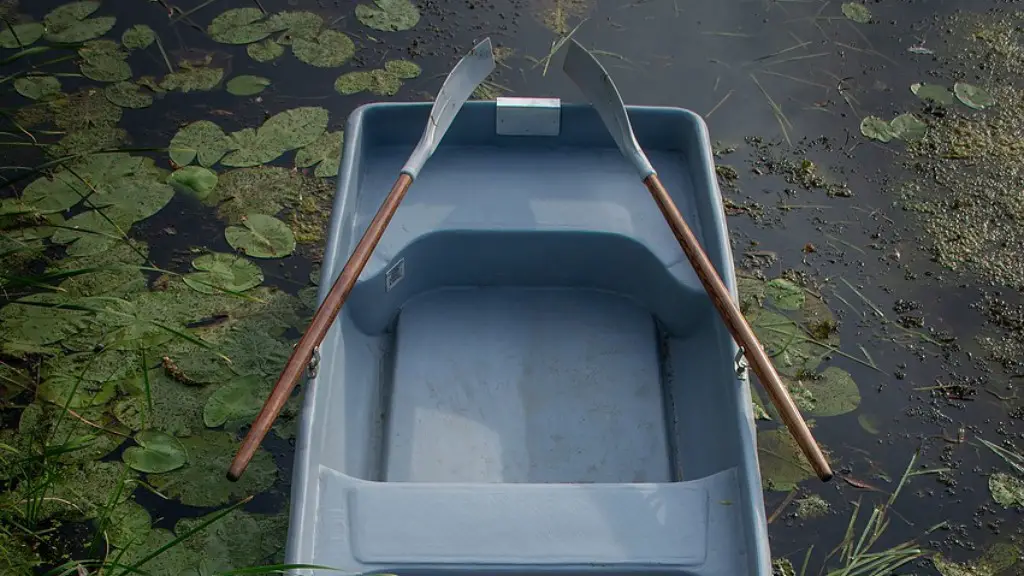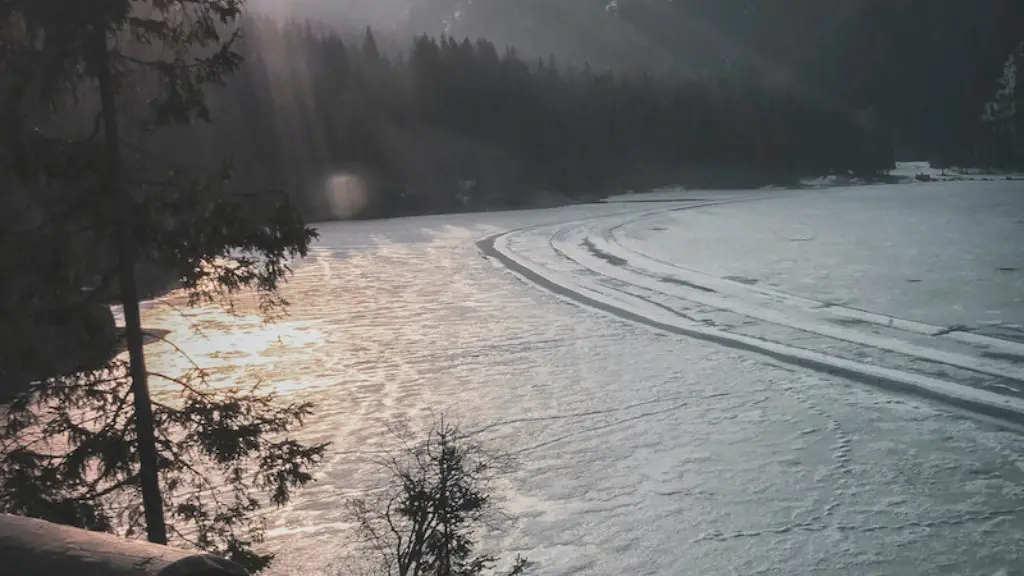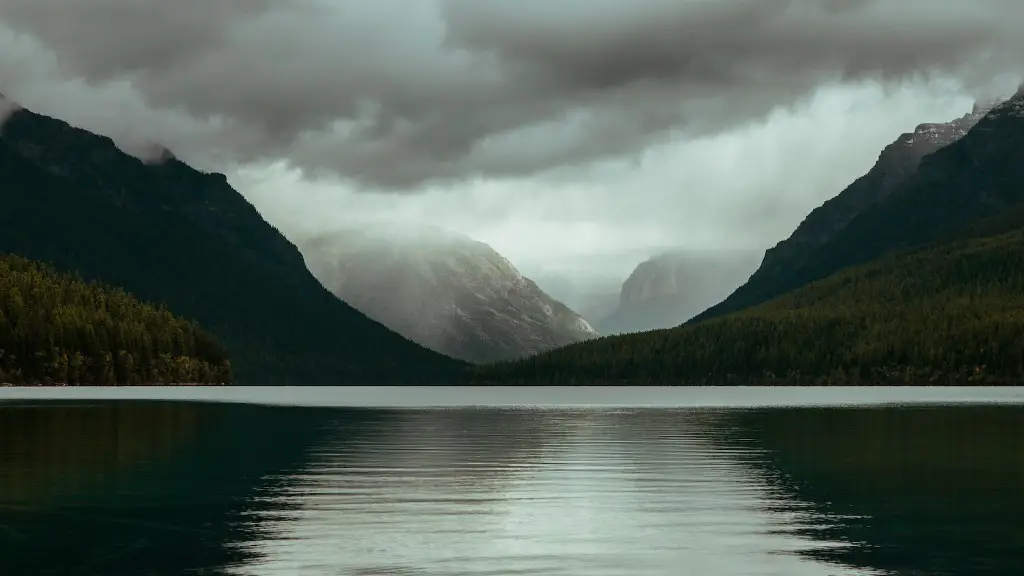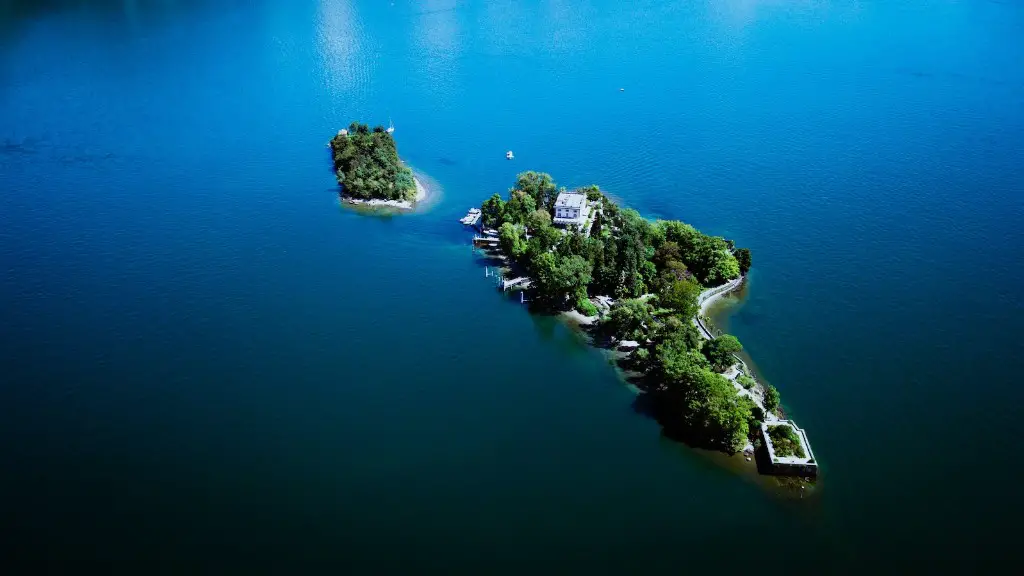Lake Victoria is one of the world’s most renowned lakes and is situated in Eastern Africa. It is the second largest freshwater lake on the continent, having its shores in Uganda, Kenya, and Tanzania. The lake was named after Queen Victoria, who was the reigning British monarch at the time of its discovery in 1858.
Lake Victoria is the main source of the Nile, the world’s longest river. It has a shoreline of 4,830 kilometers and occupies an area of 65,605 km2. According to the National Academy of Sciences, the average depth of Lake Victoria is 40 meters, with an estimated volume of 560 cubic kilometers. Additionally, the lake has an abundance of wildlife and vegetation, making it a valuable ecosystem.
examination of the map of Africa reveals that Lake Victoria is located in the East African region. It lies in the border regions of Uganda, Kenya, and Tanzania, in the southern part of Equatorial Africa. Lake Victoria is bordered by the Victoria Nile, Kagera River, and other prominent tributaries, making it the largest lake in the African Great Lakes. Its position makes it an important part of the political, economic, and cultural interactions that take place in the region.
The local people living in the region around Lake Victoria rely heavily on the lake for their livelihoods. The lake serves as an important source of food, electricity, and tourism. Fishing is the significant economic activity that is carried out in the lake, thanks to its huge fish population. Additionally, the lake is used for transportation, recreation, hydroelectric projects, and irrigation.
Apart from being an important economic and social center, Lake Victoria is also a unique ecosystem due to its abundance of plant and animal life. The lake has more than 300 species of fish, including tilapia and mormyrid. It is also home to the endemic Lake Victoria cichlid, which is the only fish species found in the lake. Additionally, the lake is home to waterfowl, mammals, and reptiles.
Lake Victoria is an important site for conservation efforts in the region. A number of programs by local and international organizations, including the Lake Victoria Basin Commission and the World Wide Fund for Nature, have been set up to protect the lake’s ecosystems. These programs strive to ensure the sustainability of the lake and its biodiversity.
Impacts of Climate Change on the Lake
Climate change has had a major impact on Lake Victoria’s ecosystems. According to researchers, the lake’s surface temperature has risen due to global warming, leading to a decrease in the water levels. This, in turn, has led to a decline in the fish populations, as well as an increase in poor water quality and waterborne diseases. Additionally, the proliferation of invasive species is a major threat to the lake’s ecosystem.
The Lake Victoria Basin Commission and other organizations have been implementing numerous initiatives to mitigate the impacts of climate change on the lake, such as the adoption of climate resilient farming practices and the restoration of wetlands. However, further government and international support is needed to effectively tackle the problem.
Environmentalism Around the Lake
Environmentalism around Lake Victoria has grown considerably, particularly in the past few years. A number of grassroots movements have been formed by local communities to encourage sustainable use of the lake’s resources and promote conservation. Grassroots initiatives such as the Lake Victoria Network and the Lake Victoria Challenge have contributed significantly to raising awareness of the lake’s importance and fostering a sense of responsibility among local people.
International organisations too have contributed to the protection of Lake Victoria, such as the United Nations Environmental Programme, BirdLife International, World Conservation Society, and World Resources Institute. These organizations are actively involved in initiatives to preserve the lake’s ecosystems and enhance the livelihoods of local people.
Preserving the Lake for Future Generations
The future of Lake Victoria is dependent on the ability of local people, governments, and international organizations to collaborate and work together to preserve its resources. This means developing and implementing measures to address the environmental and human rights issues surrounding the lake. It also means increasing knowledge and awareness of the lake and its importance, to ensure that future generations are able to enjoy and benefit from its resources.
Long-term solutions to preserving Lake Victoria require a holistic approach, with the involvement of local communities, governments, and international organizations. A combination of initiatives such as environmental education, social justice initiatives, and policy developments are key to ensuring the sustainability of the lake and its resources.
Conclusion on Lake Victoria
Lake Victoria is one of the world’s most important lakes, and it is essential for the survival of the region’s people and its ecosystems. The lake’s future depends heavily on the ability of local people, governments, and international organizations to work together to ensure its conservation. By understanding its importance and working together, it is possible to preserve the lake and its resources for future generations.



